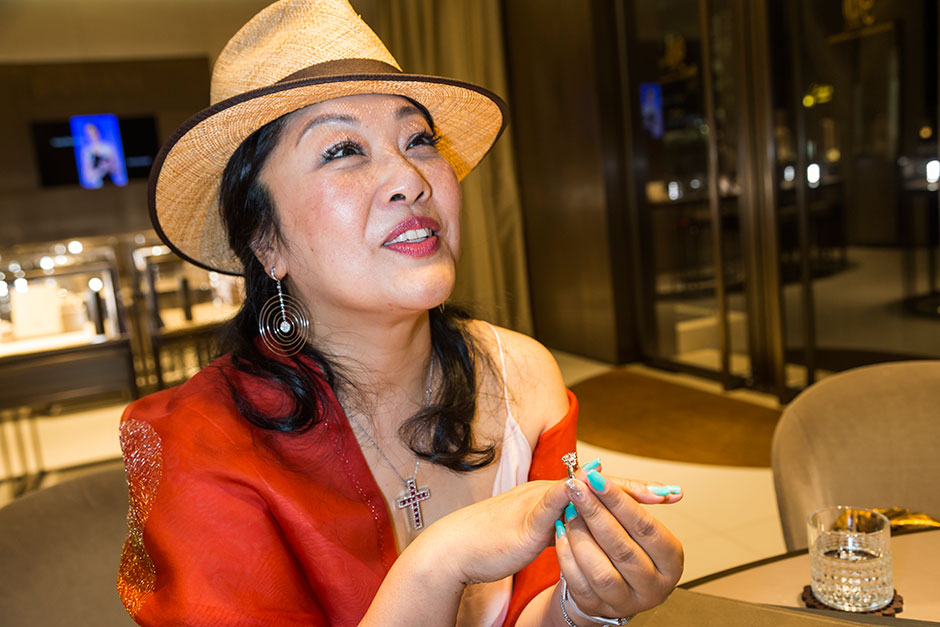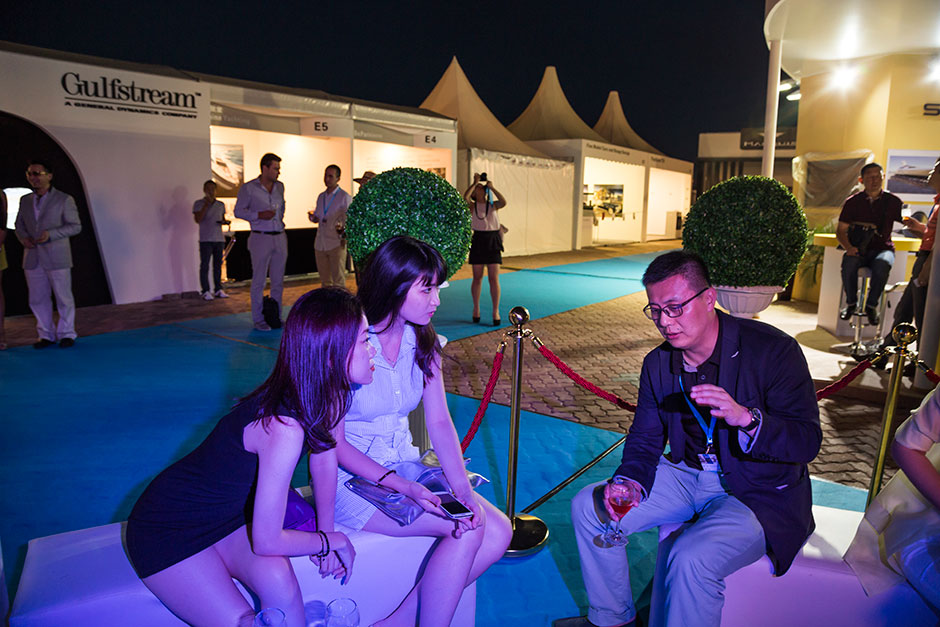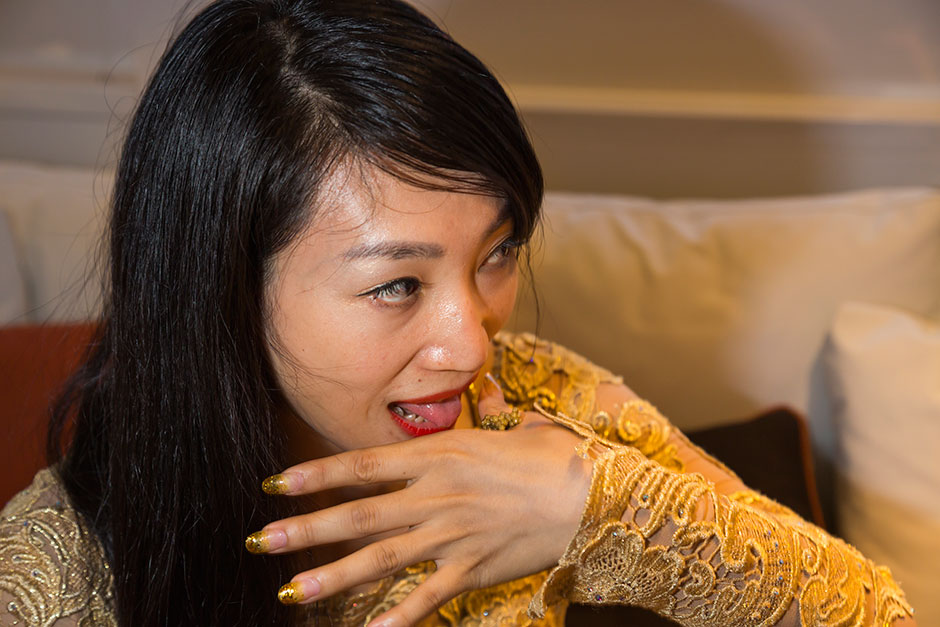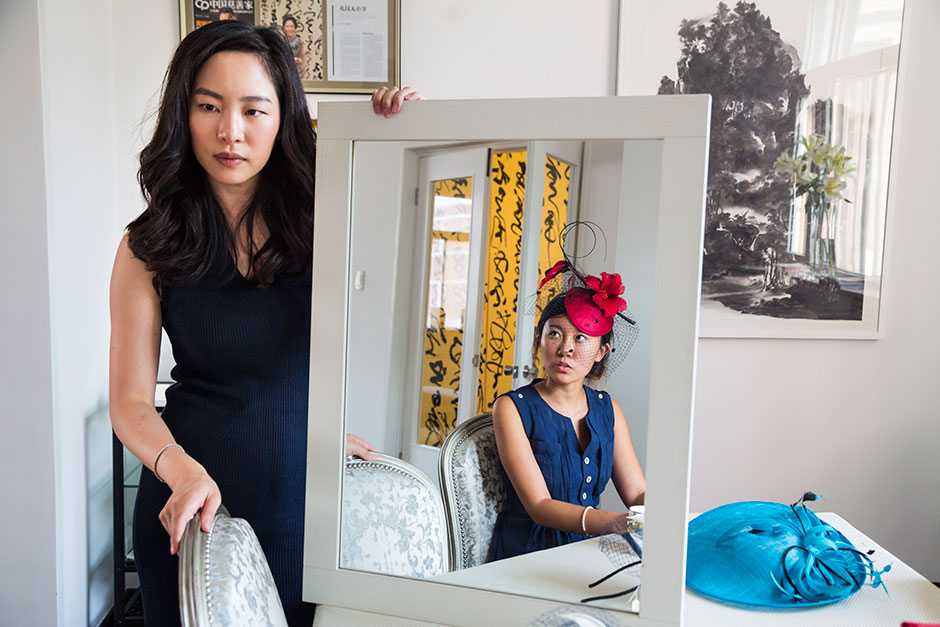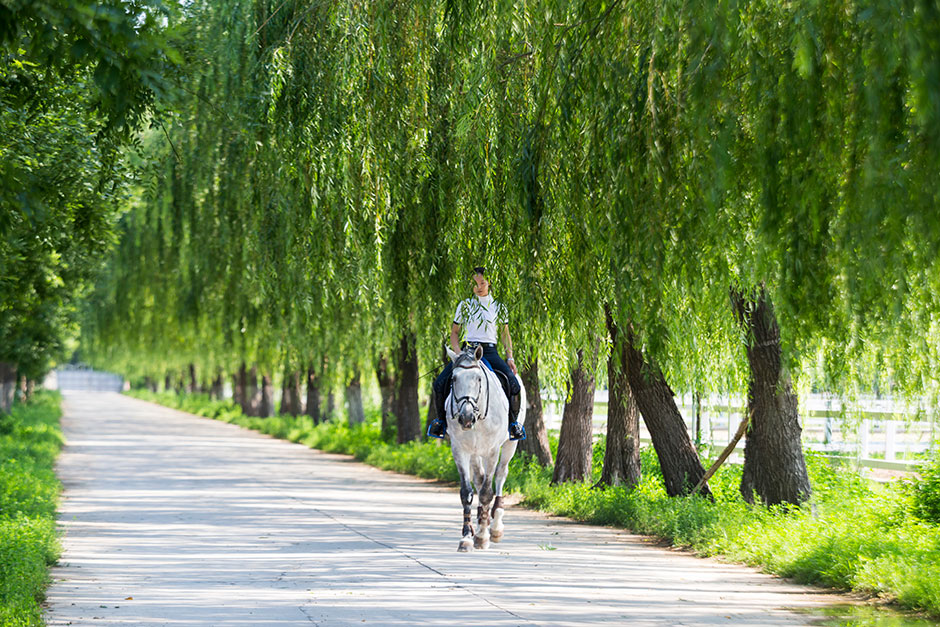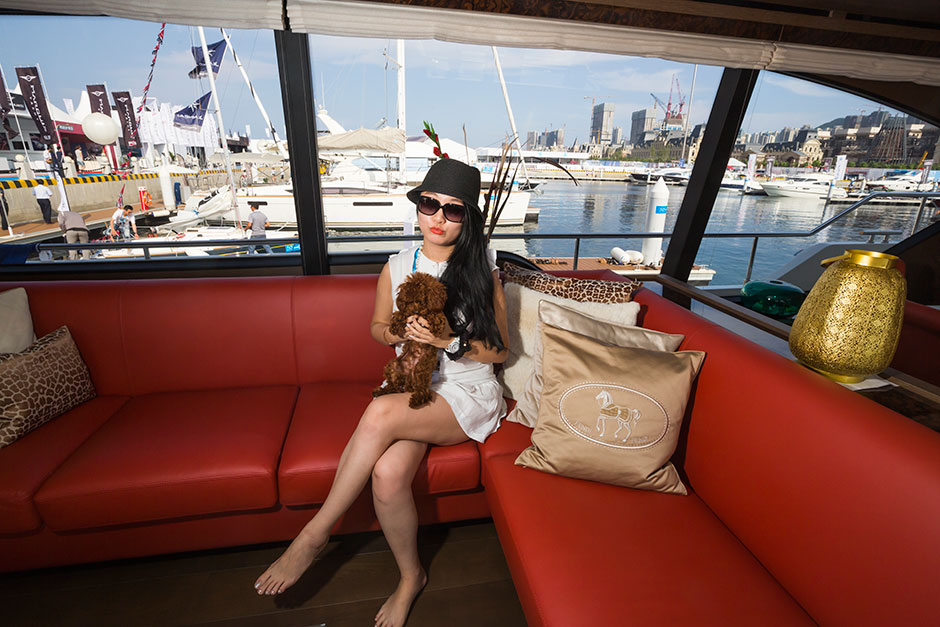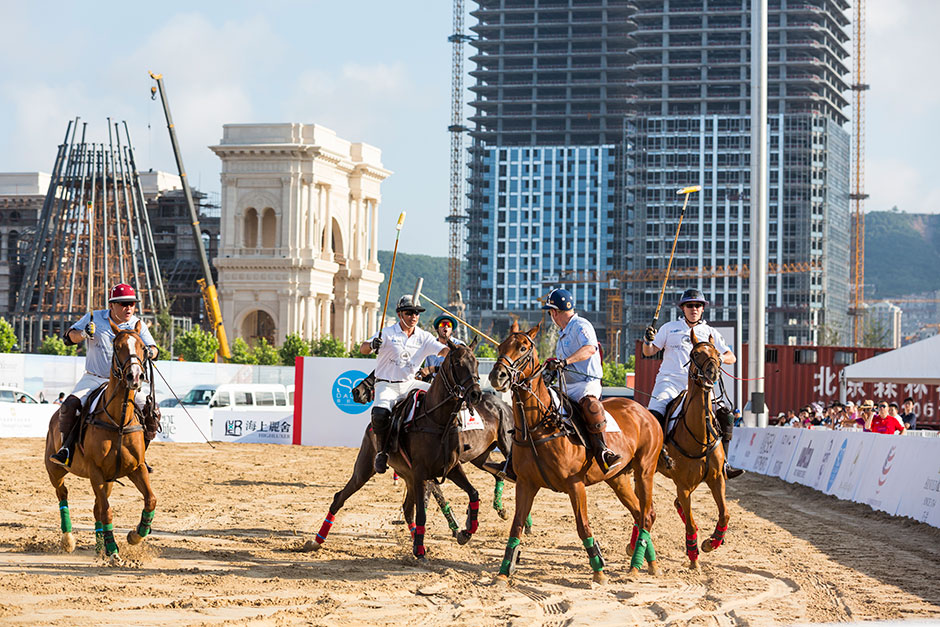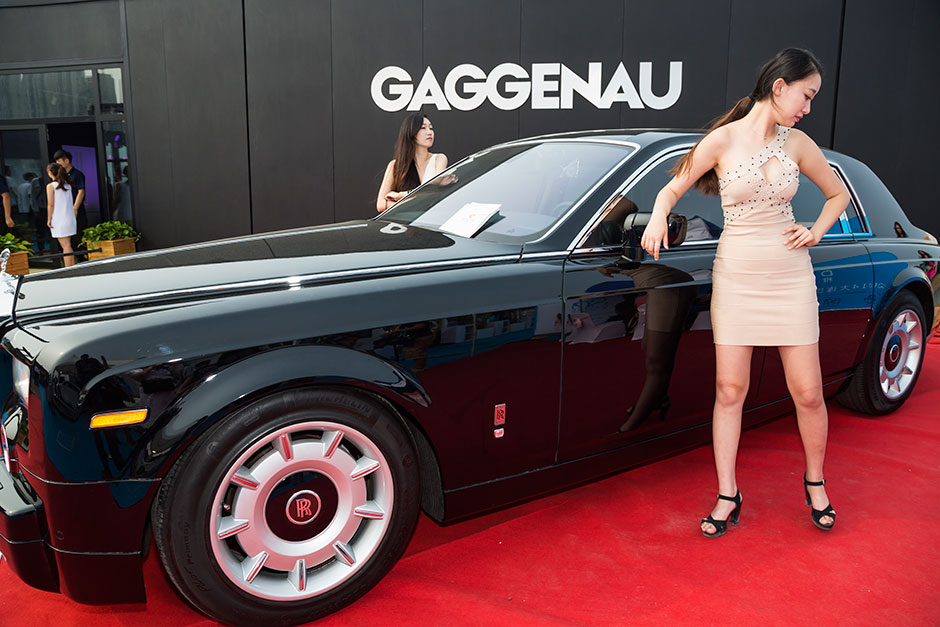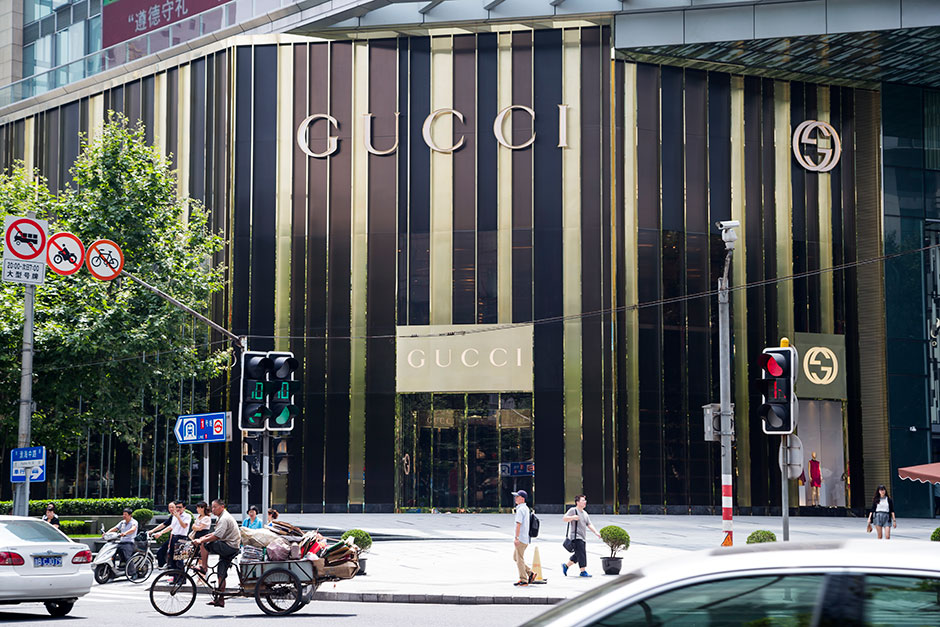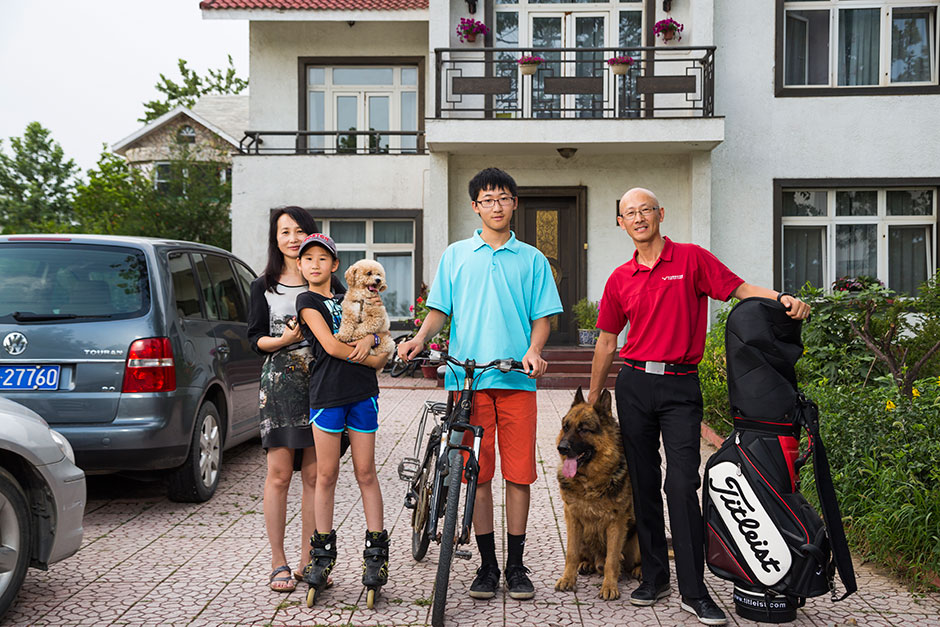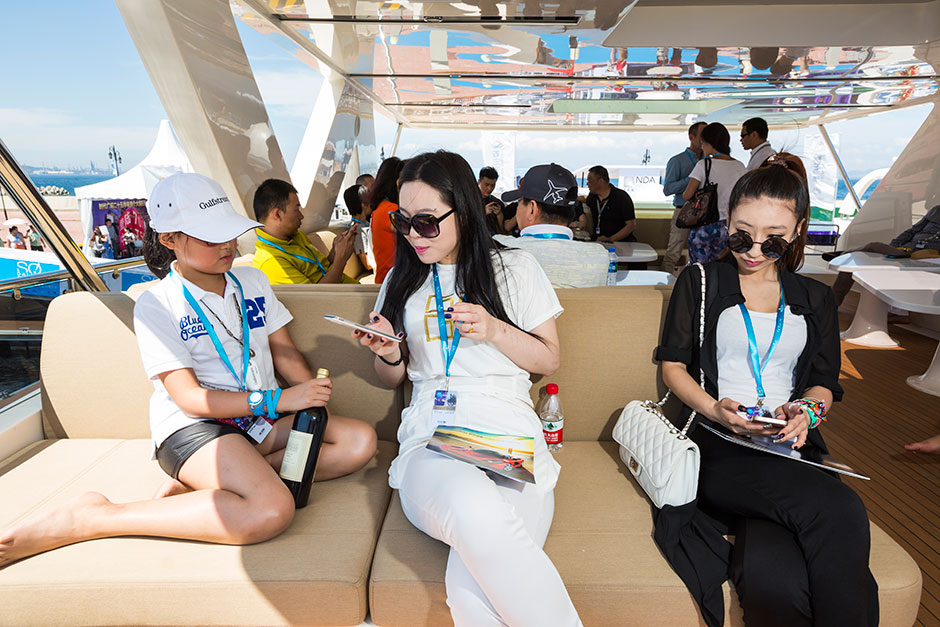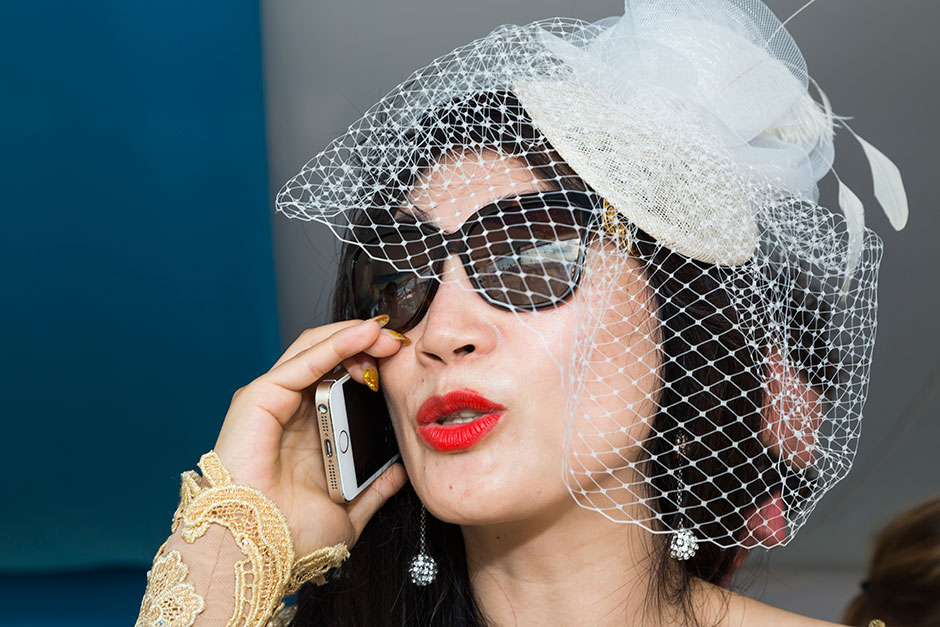Rolling In It
On China’s ‘Bling Dynasty’
How one might best translate “Bling Dynasty” into Chinese, I have no real idea. (Maybe “A Possessor of Uncouth Wealth,” Tuhao wangchao (土豪王朝), “Era of Dazzlement,” Liangxia shidai (亮瞎时代), or even the more straightforward “Bling Dynasty,” Buling-buling chao (不领不领王朝). But, whatever translation one might choose to use, the reign of this new dynasty, so graphically and strikingly depicted in the photographs and short videos shot by Lauren Greenfield for a feature by this name that recently ran in GQ, has gripped this errant “people’s republic” like a fever.
What is so unsettling about this surge of luxury brand-smitten madness now sweeping China is the way the fervor of its followers harkens back to an earlier, but completely different kind of “mass movement” that racked China during its former reincarnation as the fountainhead of Maoist revolution. Then, the country rode wave after wave of political hysteria centered on the promise of refashioning the whole of society, rather than just individuals, into an egalitarian socialist utopia, a “New China.” Suffice it to say, the discontinuities between that increasingly distant Maoist past and the present are titanic. But if one is looking for important modern Chinese social trends, this fixation on a Western-grown version of luxury should not be overlooked. For not only is it irrigating the roots of whole new generations of Chinese with an intoxicating set of consumer urges (namely, to buy more and buy higher on the luxury food chain), but it represents a stunningly complete reversal of the old value system of living simply and “serving the people” to which this society had so quaintly, but militantly, consecrated itself during the second half of the last century. How any nation’s people can embrace two such different political systems and conflicting galaxies of values in the span of a short human lifetime is, of course, one of the many unanswered questions raised by China’s amazing rise to wealth and power. How to square Mao’s attack on “capitalist roaders” with this generation’s enthrallment with etiquette, French wine, fancy jewelry, Italian cars, and luxury resorts is not just an academic question.
But, Greenfield’s evocative videos and photographs limn another more current contradiction: If this new China dream is an utterly counterintuitive outcome for China’s passage from the Mao era to modernity, we are still left to wonder how such a strange and different vision of life built around luxury goods and conspicuous consumption will ever align with an even more recently minted reverie, namely, the officially vaunted “China dream.” Upon assuming office in 2013, Party General Secretary Xi Jinping called upon his people to “work assiduously to fulfill their dreams and contribute to the revitalization of the nation” by leading upright and modest lives that resist self-indulgence and “undesirable work styles.” What angle of repose his far more austere, even severe, “China dream” will ultimately find with the “Bling Dynasty” is anyone’s guess. —Orville Schell
Lauren Greenfield’s ‘Bling Dynasty’ Videos for GQ




